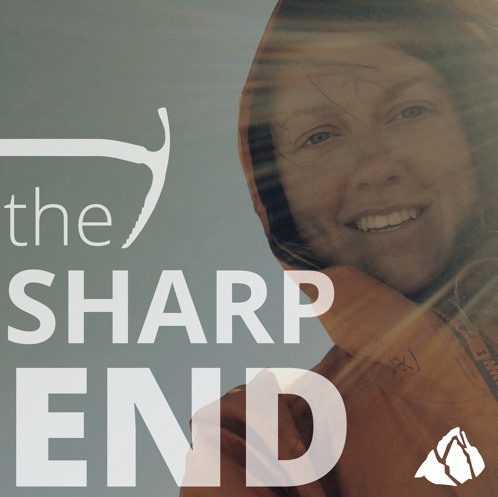Essentials — Wilderness Medicine
Anyone reading this book understands the value of wilderness medical training. Fortunately, climbers have numerous ways to obtain formal education. Wilderness medicine is now both an industry, with multiple private schools, as well as its own medical specialization. Concurrent with this growth is increased complexity for the consumer. This is an unregulated field (for the wilderness portions of the training), and there is no standard progression, so it’s up to students to research the types and quality of training they seek. This article reviews some of the basic course types.
Wilderness First Aid (WFA) and its various iterations remain the standard for entry-level wilderness medicine training. WFA courses generally run from 8 to 24 hours, with most in the sweet spot of 16 hours—perfect for a long weekend. More advanced skills and information are offered in Advanced Wilderness First Aid classes (AWFA or WAFA), which run up to about 32 hours.
Wilderness First Responder (WFR) courses are generally recognized as the baseline for guides and highly motivated recreational climbers. These courses are about 80 hours. The non-regulated WFR credential is mostly used in private industry or for recreationalists, while the Wilderness Emergency Medical Responder (WEMR) credential is increasingly the standard for mountain rescue and search and rescue teams. WEMR courses are about 105 hours.
Those seeking more advanced training without prerequisites can obtain Wilderness Emergency Medical Technician (WEMT) certification. Like WEMR, this certification links wilderness modules (which are unregulated) with an EMT certification (which is state-regulated). WEMT courses run about 250 hours and include front-country in-field training elements such as ambulance ride-along time.
There also are environment-specialized classes, such as Vertical Medicine Resources (VMR)’s Climber First Aid classes or the National Ski Patrol’s Outdoor Emergency Care (OEC) certification. First-aid classes such as VMR’s generally require the same amount of time as a traditional class but have a focus on climbing, whereas OEC offers skills and training that exceed that of EMR but are not as extensive as EMT. For those who already have a medical credential (paramedic, physician, nurse, etc.), further training opportunities abound. These include certification in Advanced Wilderness Life Support (AWLS), the Wilderness Upgrade for Medical Professionals (WUMP), Fellowship in the Academy of Wilderness Medicine (FAWM), and others. Six prominent organizations in this field have formed the Wilderness Medicine Education Collaborative (Aerie Backcountry Medicine, Desert Mountain Medicine, NOLS Wilderness Medicine, Stonehearth Open Learning Opportunities (SOLO), Wilderness Medical Associates International, and the Wilderness Medicine Training Center International). These organizations have a track record of quality and recognize each other’s credentials. Numerous other high-quality programs exist. Key elements to seek include instructor credentials, instructor field experience, hands-on components (always preferred!), and field applicability of the skills taught.

